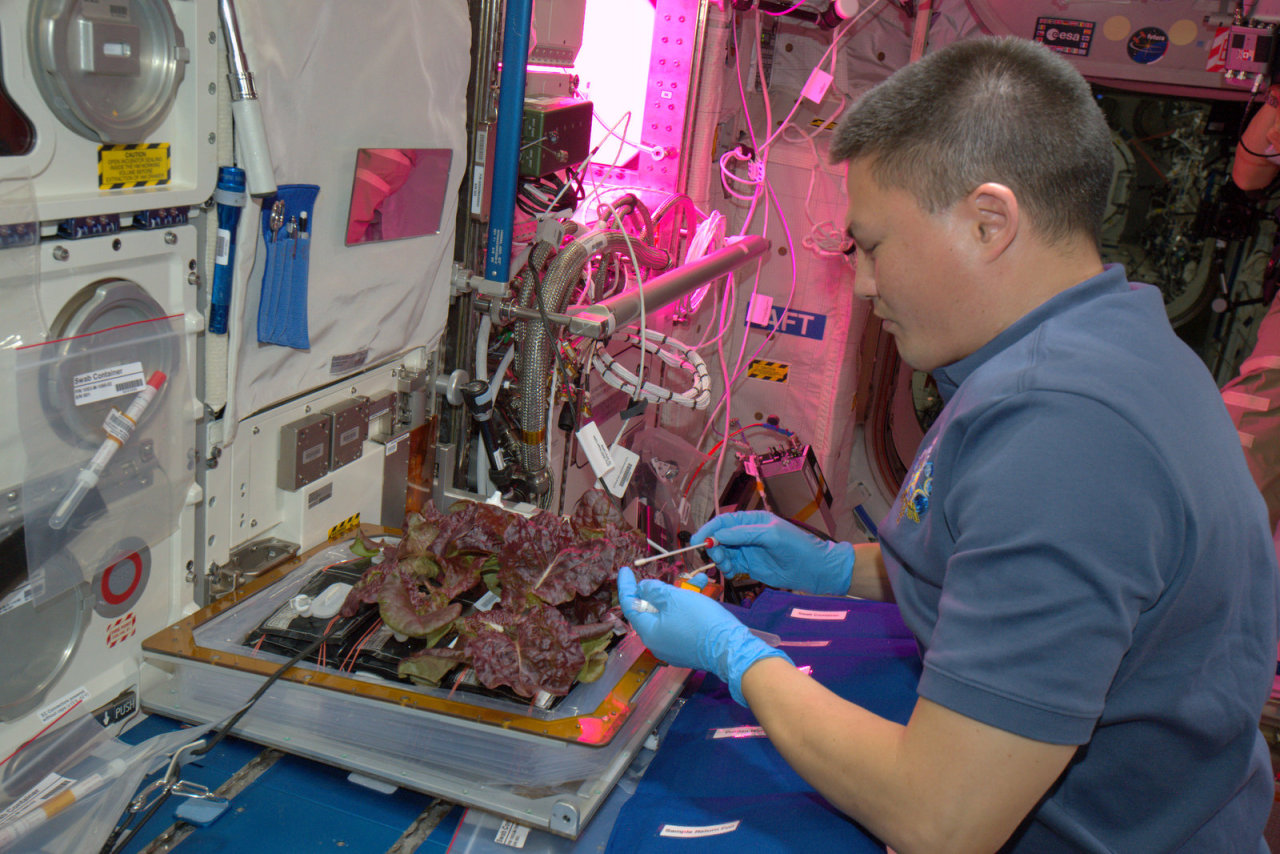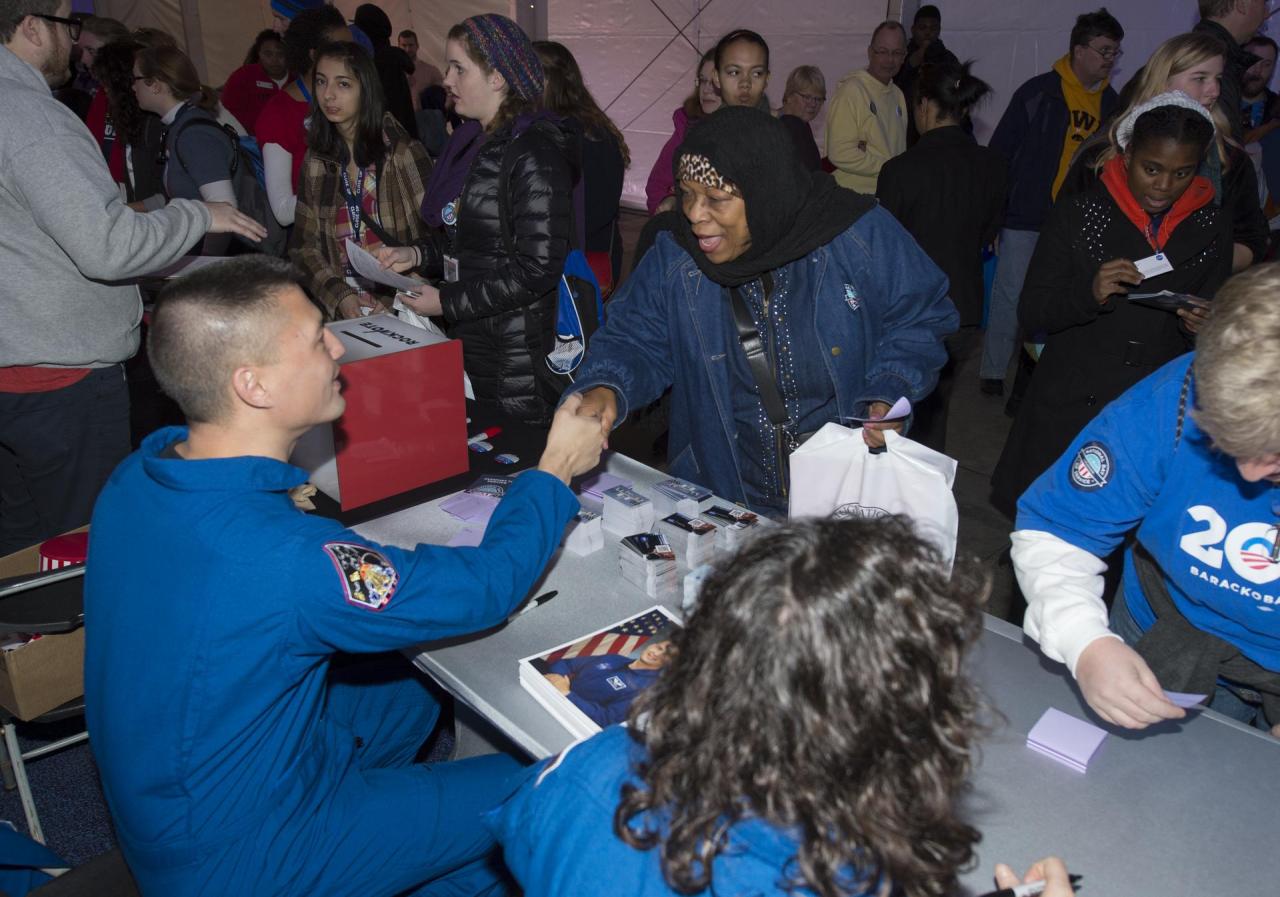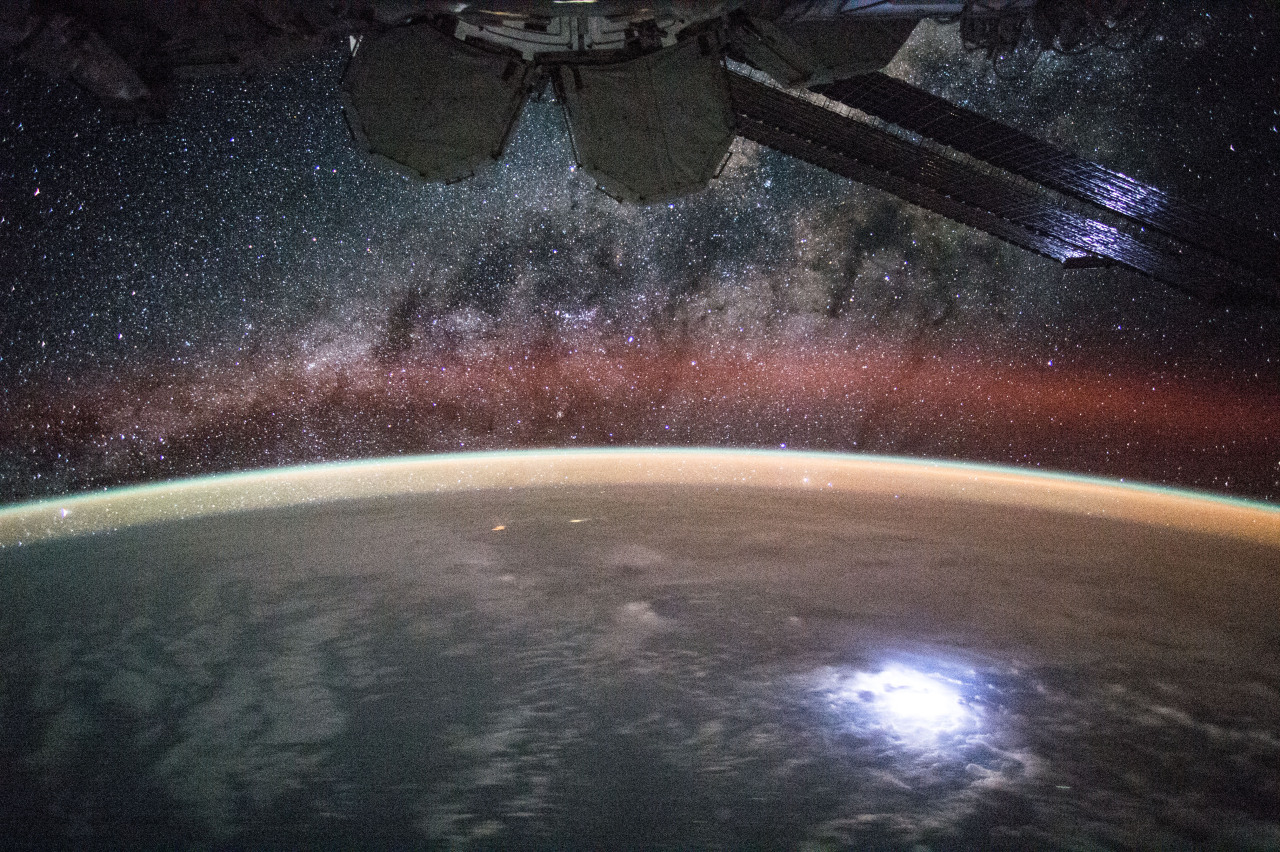NASA Spotlight: Astronaut Kjell Lindgren
Kjell N. Lindgren was selected by NASA in 2009. Born in Taiwan
while his family was stationed overseas, he spent most of his childhood abroad and returned to the U.S. to complete his education and earn a Doctorate of Medicine from the University of Colorado. He is board certified in emergency and aerospace medicine. After serving as the Deputy Crew Surgeon for Space Shuttle mission STS‐130 and Expedition 24, he was selected to join our astronaut corps. Dr. Lindgren flew on the International Space Station from July 2015 to December 2015 and logged 141 days in space. He participated in two spacewalks and in more than a hundred different scientific experiments. In his free time, Dr. Lindgren enjoys spending time with his family, running, reading, movies, photography and amateur astronomy.
He took some time from being a NASA astronaut to answer questions about his life and career! Enjoy:
What is one thing you would take to space that would make life easier?
A real R2 unit, of course! Just kidding, but in the future… Honestly though, life is pretty good on the International Space Station. While it is still a lot like camping (sleeping bags, no running water, rehydrated food) the space station team has really equipped us for success. As you all prepare for YOUR future spaceflight, I would say that the two most useful items I had with me on a daily basis were a pair of scissors and a spoon. The scissors were super useful for cutting plastic wrappers, tape, etc., and opening food packages (much more useful than a knife). And the spoon is the only utensil you need for eating – at least with the food system that we have right now.
Who helped get you to where you are?

Getting this opportunity, becoming an astronaut – that was a team effort for sure. I had so many people walking alongside me on this journey, helping me along the way. My parents set the bit early on – telling me that I could become whatever I wanted through hard work. They really gave me permission to dream big. Teachers and coaches, mentors, co-workers and friends all played a huge part in reaching this goal. Most of all, though, my wife, Kristi and my three kids have been an integral part of this adventure. I would not have this job, and I wouldn’t be successful in it without their love and daily support.
You and your crew mates were the first astronauts to harvest lettuce grown on orbit. How did it taste?

The lettuce tasted like…lettuce, which was a good thing, because if it hadn’t, then it meant we had made a huge mistake. It was so much fun to be a part of that experiment. The payoff, getting to eat fresh grown food on orbit was of course, a lot of fun. But just getting to take care of the lettuce plant, watch it grow in the sterile looking environment of the space station, getting to take care of this living thing on a daily basis, it was good for the soul.
How do you prepare for someone getting hurt or sick in space?
We train at least two crew members on every expedition to be Crew Medical Officers, or CMOs. They spend about 40 – 50 hours learning how to use the medical equipment and procedures on the space station, so that they can essentially serve as an extension of the flight surgeon in mission control. We have equipment and medication to deal with most minor illnesses and injuries. But because we are in low earth orbit, we can evacuate an ill crew member back to Earth in the event of a severe medical issue. This option won’t be available as we push out further from Earth, so we’ll need more rigorous training and a more comprehensive medical system.
How many times did you apply to be an astronaut?

I was very fortunate and got selected on my first try. I have several friends in the office though, who applied 4 or 5 times before being selected. It is amazing to go through the selection process and to meet others who share your dream. Enjoy the experience and keep applying – it is worth it!
How can I improve my chances of being selected to become an astronaut?
I recommend continuing to do things that you enjoy, continue to build experience at work and maybe look for new opportunities in your job that will grow you in your career and grow you as a leader. But choose opportunities because YOU want to do them, not based on what you think NASA is looking for. There is no one path or experience that leads to becoming an astronaut. We have an amazing diversity of experience and background in the astronaut office.
What advice do you have for the newest astronauts?

Enjoy the journey! Spaceflight is amazing, but even as astronauts, most of us spend 95% of our career on the ground. Enjoy every part of the job, supporting missions as a Spacecraft Communicator (CapCom), verifying procedures for a repair or training for a spacewalk. It is amazing to be a part of the team that launches and supports humans living and working in space. It is an amazing thing.
Which is more exciting: spacewalking or skydiving?

Skydiving was pretty amazing. I got to do quite a bit of it as a member of the Air Force Academy parachute team. But there is nothing quite like doing a spacewalk. It is an indescribable experience, putting hundreds of hours of training to work, the physical and mental challenge of operating in that harsh environment. But the view outside the space station, of the Earth, the stars, the structure of the space station – it was a highlight of my time in space and something I will never forget.
What’s the most interesting part about training with the Dragon capsule?
It has been awesome working with the NASA and SpaceX teams as we are preparing to launch in the Crew Dragon capsule. My favorite part of the experience has always been and continues to be the people. Safely sending humans to space and back is one of the most difficult things humanity has ever done. That challenge attracts the best and brightest people from across our country. Getting to work with those folks at NASA and at SpaceX, to experience their enthusiasm, dedication and ingenuity on a daily basis is a gift. It has also been a lot of fun seeing a different approach to human spaceflight. I’m very familiar with how NASA and the Russian Space Agency Roscosmos operate. It has been fun seeing a different perspective and approach.
Can you share your favorite photo or video that you took in space?

Yes! This is my favorite photo of the Milky Way, with a lightning strike illuminating a solar array.
Thanks Dr. Lindgren, and good luck on your next spaceflight!
Make sure to follow us on Tumblr for your regular dose of space: http://nasa.tumblr.com.
source: nasa.tumblr.com